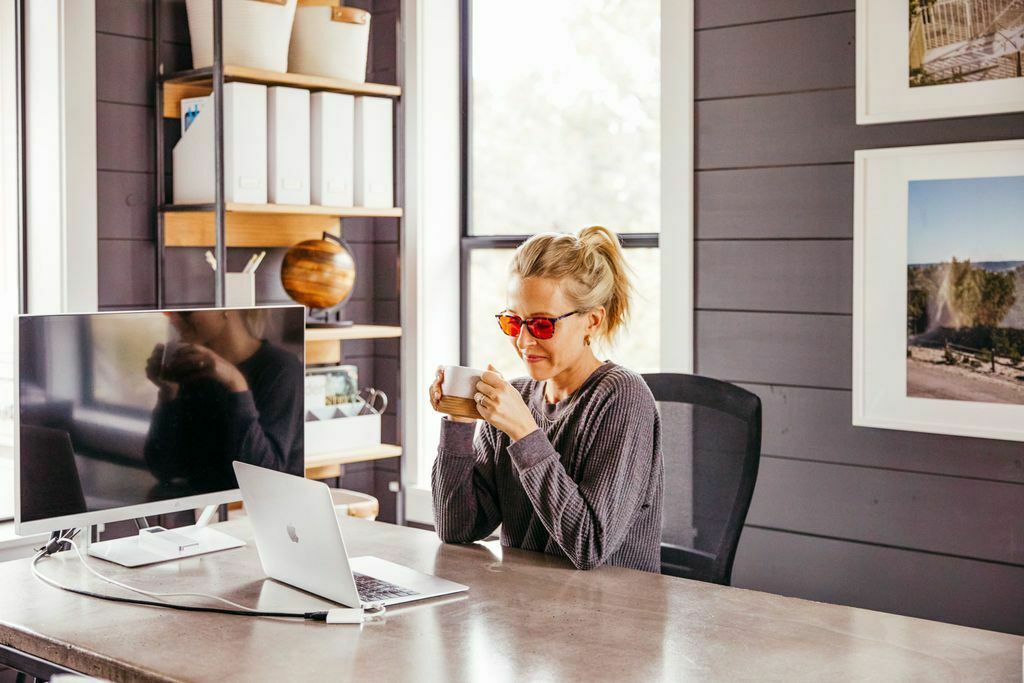Working from home has grown in popularity and necessity in recent years, however, best practice working from home is as important as working in a work office environment. Technology is a major driver of this change, as it is now possible to provide remote users with the same level of access to your systems as people who work in your building. Working from home has numerous advantages for both the employer and the employee, but it must be done correctly. This is especially true in terms of health and safety.
After all, health and safety legislation and guidelines that apply to employees on the job also apply to employees working from home. However, it is not only about legislation; taking a proactive and positive approach to health and safety is the right thing to do. It’s also good for business.
The Nature of Home Working
Working from home can take many forms, depending on the job role, industry, and company. Having said that, many employees who work from home do office-type work. Workers who travel frequently and use their home as a base are another common type of home worker. A sales representative is an example of the latter.
Because of the low-risk nature of the work, UK health and safety legislation does not classify home workers who do office-type work as lone workers. This means they are exempt from lone worker regulations and guidelines. Despite the fact that many people who work from home face fewer risks than other types of workers, there are still risks. Furthermore, both employers and home workers have health and safety responsibilities.
The Health and Safety Risks that Home Workers Face
It is critical to consider the risks that home workers face in order to put home working health and safety into context. After all, health and safety isn’t a theory, and it shouldn’t be a tick-box exercise.
The following are some of the most common risks that people face when working from home:
* Stress, including isolation-related stress and anxiety, as well as stress associated with a blurring of the line between work and personal life. Homeworkers may also work more hours than necessary.
* Risks of lone working, despite the fact that many people who work from home are not considered lone workers. What happens, for example, if a home-based employee has an accident?
* The dangers of electrical equipment.
* Falls pose a risk of injury.
* Manual handling hazards, such as back injuries, if employees must lift or carry objects.
* Dangers associated with Display Screen Equipment (DSE).
What Are Employers Responsible For?
In summary, employers are responsible for:
- Equipment supplied by the employer.
- Carrying out risk assessments on home working environments and tasks completed by home workers.
- The company’s overall approach to working from home and how that impacts health and safety.
Risk assessment
Employers have a duty of care to ensure the health and safety and well-being of employees including when they are working from home. There is a grey area when the home becomes the work environment so establish clearly the area of the property for which risks will be assessed is essential.
It is good practice to conduct risk assessments that are specific to each homeworker’s work environment and to involve the homeworker in the process of identifying potential hazards. Businesses that have carried out risk assessments for individual homeworkers have addressed a range of significant hazards in the home working area (e.g. electrical; manual handling; chemicals; ventilation; lone working/isolation), and include potential hazards that would not normally be found in a workplace such as pets.
Regular reviews of risk assessments should be carried out to ensure that there have been no significant changes.

